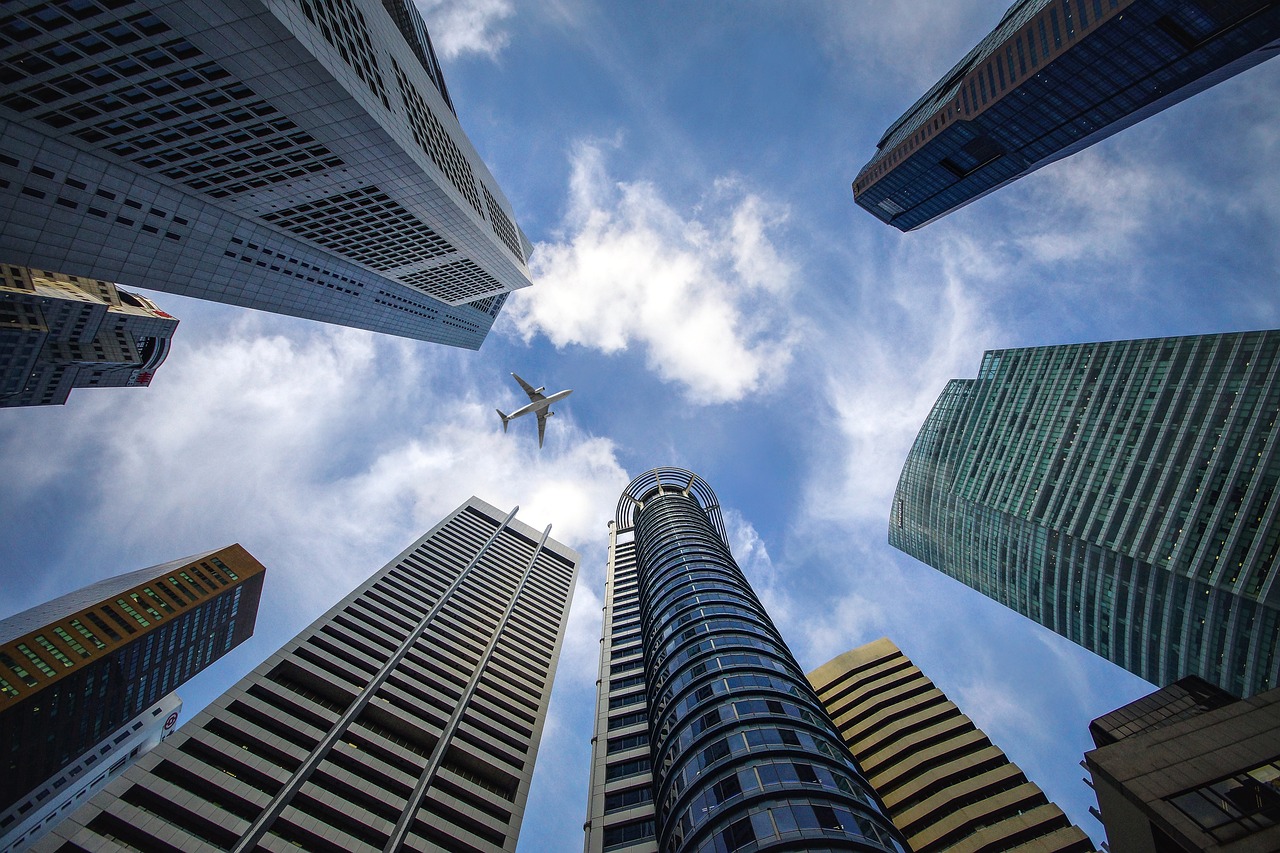Hajj Pilgrimage: A Spiritual Journey to Mecca
historical_events | 3 minutes read | 9 months ago

The Hajj pilgrimage is one of the most significant religious journeys for Muslims worldwide. It is a sacred obligation for every able-bodied and financially capable Muslim to undertake this spiritual journey to the holy city of Mecca in Saudi Arabia at least once in their lifetime. The experience of Hajj is a remarkable blend of religious rituals, devotion, unity, and self-reflection.
History of Hajj
The history of Hajj dates back to the time of Prophet Ibrahim (Abraham), who was commanded by Allah (God) to leave his wife Hagar and their son Ismail (Ishmael) in the barren desert of Mecca. As the years passed, the area around Mecca flourished, and the Kaaba, a cubic structure believed to be the first house of worship, was built by Prophet Ibrahim and Ismail. This holy site became the epicenter of the Hajj pilgrimage.

Over the centuries, the rituals of Hajj have evolved, with additions made by Prophet Muhammad (peace be upon him). Today, millions of Muslims gather in Mecca, dressed in simple white garments, to fulfill the rites and seek Allah's blessings.
Significance of Hajj
Hajj holds immense spiritual and symbolic significance in Islam. It is seen as a journey of self-purification, personal growth, and seeking forgiveness for sins. Muslims believe that performing Hajj with sincerity and devotion earns them a higher spiritual status and strengthens their faith. It is also an opportunity to connect with Muslims from different parts of the world, fostering unity and brotherhood.
The Rituals of Hajj
- Ihram: The pilgrimage begins with entering the state of Ihram, symbolized by wearing two seamless white garments for men and modest attire for women. It represents a state of purity and equality before God.
- Tawaf: Pilgrims circumambulate the Kaaba seven times in an anti-clockwise direction, expressing their devotion and love for Allah.
- Sa'i: Pilgrims walk briskly between the hills of Safa and Marwa seven times, reenacting Hagar's search for water and her trust in Allah's provisions.
- Muzdalifah: Pilgrims spend a night in Muzdalifah, where they engage in prayers and collect pebbles for the stoning of Satan ritual.
- Jamarat: Pilgrims stone three pillars in Mina, symbolizing the rejection of evil and Satan's temptations.
- Eid al-Adha: A festival celebrated on the 10th day of Hajj, marking the willingness of Prophet Ibrahim to sacrifice his son Ismail as an act of obedience to God. Muslims worldwide celebrate this day by sacrificing an animal and distributing the meat among the needy.
- Tawaf al-Ifadah: Pilgrims perform another circumambulation of the Kaaba and offer prayers. This is a crucial part of Hajj's completion.
- Farewell Tawaf: Before leaving Mecca, pilgrims perform a final circumambulation as a farewell gesture to the Kaaba and bid farewell to the holy city.

Challenges and Preparations
Hajj is a physically and emotionally demanding journey. Pilgrims need to be physically fit, medically cleared, and mentally prepared to withstand the challenges of the pilgrimage. It is essential to plan and prepare in advance, including arranging travel, accommodation, vaccination, and acquiring necessary permits.
The Hajj pilgrimage is a profound spiritual journey that embodies the essence of Islam. It unites Muslims from diverse backgrounds in a shared experience of devotion and self-reflection. The rituals of Hajj serve as a reminder of our responsibilities towards God, humanity, and ourselves. Through Hajj, Muslims reaffirm their faith, seek forgiveness, and strive for a higher spiritual status. It is a transformative experience that leaves an indelible mark on the hearts and souls of the pilgrims.



